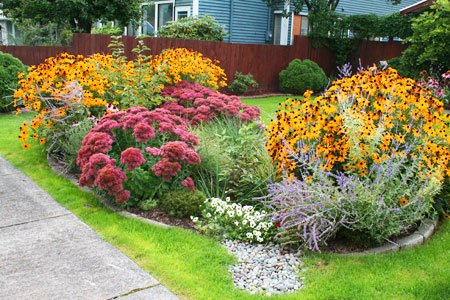A garden designer is a professional who designs the plan and features of gardens.
The compositional elements of garden design and landscape design are: terrain, water, plantings, constructed elements, buildings, paving, site characteristics and genius loci, (a sense of place) and the local climactic qualities.
Garden designers create brownstone garden design, townhouse garden design, roof garden design, residential garden design and public garden design. A garden design in Brooklyn, New York (an urban garden design) is just as challenging as a country estate. Creating a successful Brooklyn garden design is just as rewarding to the designer as is the creation of a 5-acre site.
Garden designers are skilled specialists dealing with master planning of landscapes and design of gardens, consulting with advice for clients, providing direction and supervision during construction, and the management of establishment and maintenance once the garden has been created. Many garden designers have formal education and practical education. As with any professional, a combination of the formal education and practical education and experience bodes well for the client.
They are able to survey the site, and prepare drawings for the development of a garden from concepts to construction, and resource the plant and building materials. The complexities in contemporary environmental design issues and technology increase the scope professional garden designers fill.








